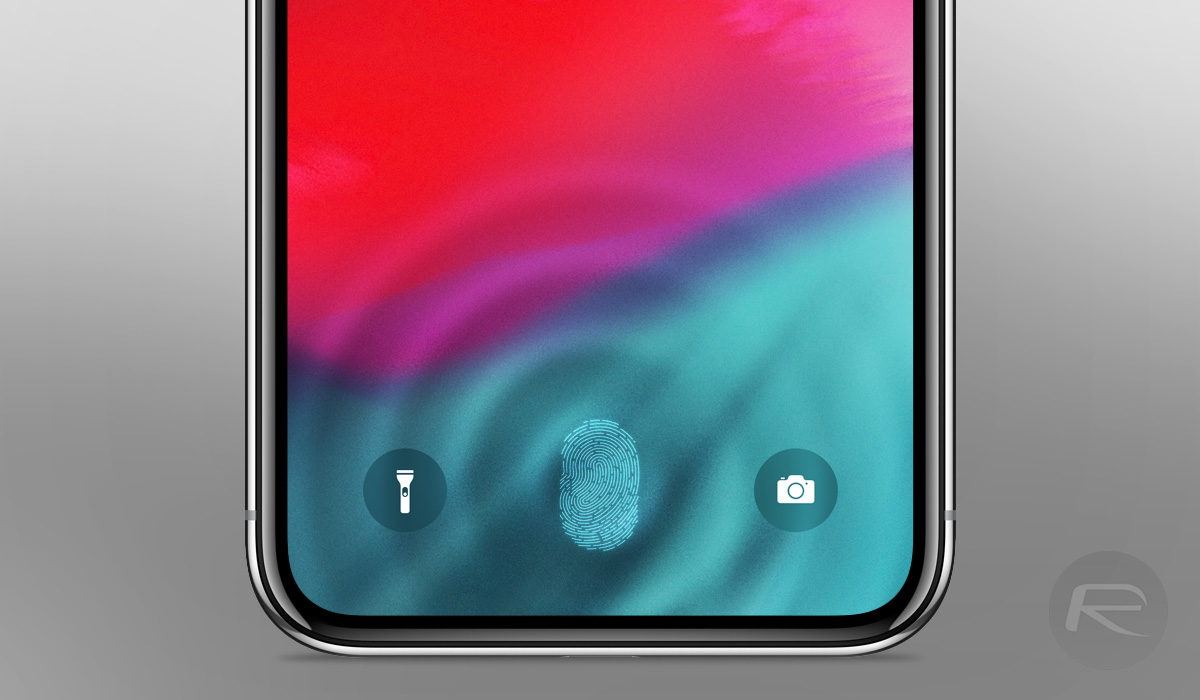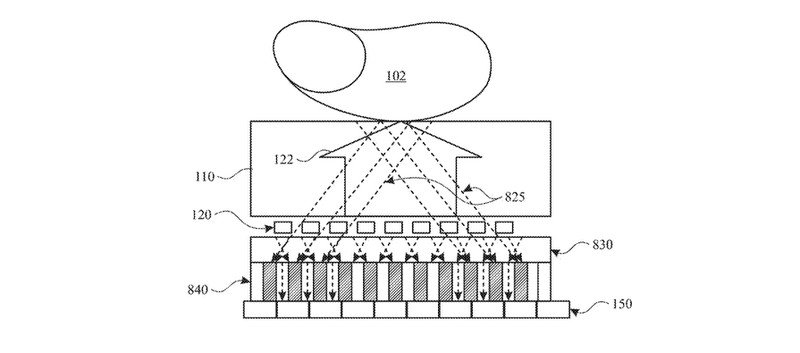iPhone 13 — this is how Apple's new Touch ID could work
Apple is tipped to revive Touch ID for iPhone 13, and this could be how

Update: Speaking of ID, Apple's digital ID feature has been delayed.
With face masks now commonplace and impacting the effectiveness of Face ID, reports have suggested that Apple might be reviving Touch ID for the iPhone 13. Now a new patent has given us an idea of how the company intends to innovate in thus area.
Like many of its Android rivals, it looks like Apple’s instinct is to introduce an under screen fingerprint sensor, rather than bring back the Home button. This isn’t something Apple has done before, but the patent, first spotted by Patently Apple, shows that it’s clearly an area the company is considering.
- iPhone 13 vs. iPhone 12: The biggest changes to expect
- The best phones right now
- PLUS: OnePlus Watch just fully revealed right before launch
Catchily titled “Under-display fingerprint sensing based on off-axis angular light”, the listing describes Apple's plan to make in-display authentication faster and more reliable. While rival optical solutions use light from a phone’s screen to illuminate the fingertip, Apple insists that the “low-light throughput and diffraction” means that readings tend to suffer from low contrast and a weak signal-to-noise ratio, making things more inconsistent and time consuming than they need to be.
Apple’s alternative is to capture off-axis angular light from the finger via “angle-dependent filtering options between the display and the sensor,” as in the image below. This, according to the patent, should improve reliability (and therefore speed) without adding any extra bulk to the system.

The complex system Apple has in mind is designed to allow “transmission of reflected light rays from the surface to underlying layers.” This combines with an optical coupling layer under the panel which “bends the reflected lightrays” for a pixelated image sensor to decode after they’re picked up by the collimator layer.
What device is Apple planning the technology for? While the company patenting something is no guarantee that it will ever appear in a commercially available product, the examples included in the text do all focus on OLED panels. This is the screen type used in the iPhone 12 family, and will almost certainly be used again for the iPhone 13.
Sign up to get the BEST of Tom's Guide direct to your inbox.
Get instant access to breaking news, the hottest reviews, great deals and helpful tips.
Apple analyst Ming Chi-Kuo predicted that such a feature could appear in a high-end 2021 handset, and a report earlier this year backed this up, suggesting Apple was ready to offer both Face ID and Touch ID in the next generation of iPhones.
While new iPhones aren’t set to arrive until September, it’s possible that such technology could debut on Apple’s upcoming tablet refreshes due next month – though it’s not something that’s been highlighted in any of the iPad Pro 2021 rumors to date. Indeed, last year’s iPad Air did reintroduce Touch ID, but in a first for Apple it was embedded in the power button on the side of the tablet.
- More: The best iPhone you can buy now
Freelance contributor Alan has been writing about tech for over a decade, covering phones, drones and everything in between. Previously Deputy Editor of tech site Alphr, his words are found all over the web and in the occasional magazine too. When not weighing up the pros and cons of the latest smartwatch, you'll probably find him tackling his ever-growing games backlog. Or, more likely, playing Spelunky for the millionth time.

